Our Bronze Age Project co-ordinator Trevor gives the latest update on the Bronze Age build as the remainder of the roof rafters are raised and we prepare for the thatching to begin!
Our latest three day assault on the Bronze Age roundhouse was rather like dancing: two steps forward, two steps back.... Happily, this particular form of the Tango ends with four steps forward.
We had finished the previous building session with the central post and four main rafters in place. Those are the main structural parts of the roof, so you could say that the roof’s main skeleton was in place, ready for us to attach more bones to. Most of those bones are in the form of rafters – long timbers that slope from the top point of the roof, down and outwards until they meet the walls. Together, all of the rafters will make a roof in the shape of a cone that will support the thatch that will keep the inside dry and warm. Conical roofs are a distinctive – and I think quirkily charming – feature of roundhouses. We have six on show in the Iron Age area.
The first thing to be tackled last Wednesday was the question of how to attach the rafters to the roof skeleton so that they would make that nice cone and not fall down (a very important consideration!). We also had to do this safely – given that we were building much of the roof four or five metres off the ground. Answer – scaffolding. Now it wouldn’t be surprising if your first response was that this is ‘cheating’. It was mine. But then I reminded myself that we have no direct knowledge of how Bronze Age roundhouses (or any other prehistoric buildings) were built. Occasionally at Butser we are asked things like ‘how did people get up on a roof?’ Almost certainly, they used something like a ladder. After all, if you can build a house you can build a ladder – so why not some form of scaffolding? In fact, our central post was such a great aid in getting the first phase of the roof up that I can’t help but wonder if it wasn’t actually a prop for a scaffold or ladder! But not steel like ours, I’ll grant you – this the Bronze Age, after all.
I had a certain idea about the way the rafters could be attached at the top of the roof that is a little different to anything in our other roundhouses. The idea came partly from a desire to try something different in the name of experimental archaeology, but also because our rafters are very heavy and I wanted more robust support. The timber we have is larger and heavier than we need, so it was a belt and braces approach. The long and short of it was that, while it works structurally, it made a roof that was going to be nightmarish to thatch. So, one step forward Wednesday morning, one back Wednesday afternoon!
Thursday and the team created a more conventional (by Butser standards!) system for building our roof. To the delight of all, this involved cutting some fresh, green hazel from our little thicket and twisting strands together to make a strong, flexible hoop. This is secured to the main rafters near the top of the roof and the remaining rafters are then attached to the hoop (in a roundhouse you can’t get all of the rafters – nearly 20 in our case - to meet at the apex without creating a very messy roof). So, by Wednesday afternoon, one step forward. Actually, I reckon two is a fairer assessment! I should point out that nobody was more delighted about the fresh hazel than the goats, who got all of the leaves that were stripped from the rods – they love fresh hazel!
Friday saw a truly titanic effort to get most of the remaining rafters stripped of their bark and installed (if we leave the bark on it eventually peels off and falls on peoples’ heads. Very annoying.)
I do not have enough praise for the Operation Nightingale team or my colleagues, Sue and Phelim. A few weeks back I made a commitment that, by the first week in September, we would have an ‘RLO’ (roundhouse-like object). We are there two weeks early. A few tweaks and it is on to the thatching. Bring it on!
To support our Bronze Age Roundhouse project with Operation Nightingale and discover more behind the scenes footage of the build head to at www.butserplus.com where we are releasing weekly video episodes about work and projects at the farm. Thank you!




